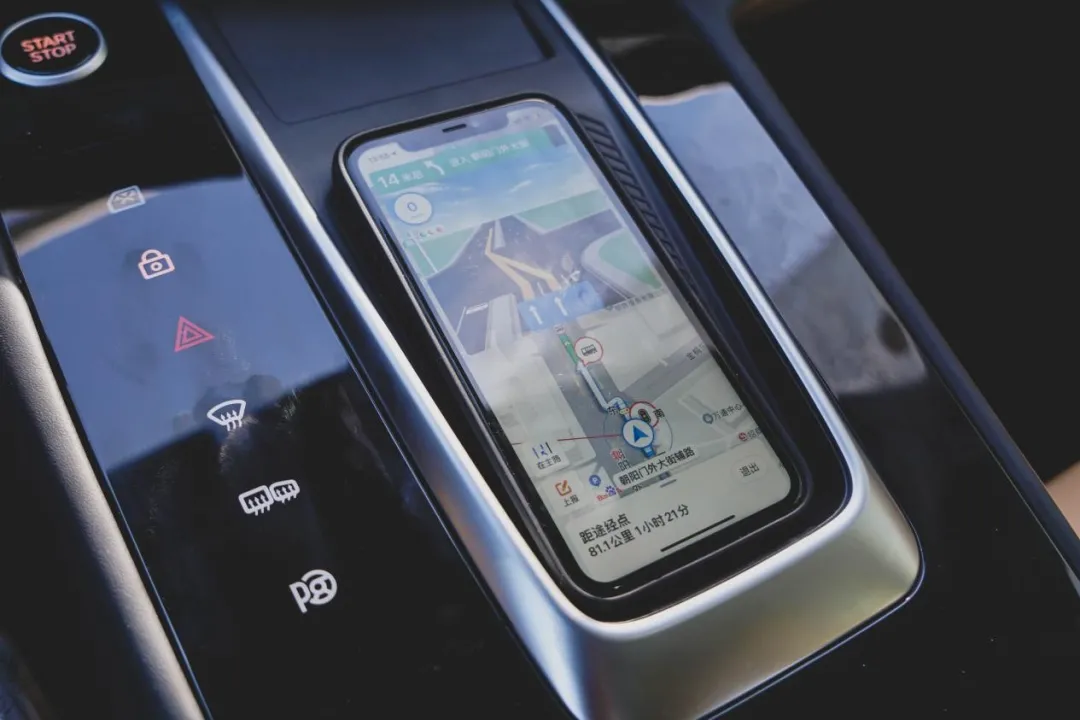Author: GeekCar
Today is the first day after the end of the college entrance examination. In a couple of days, there will be the Dragon Boat Festival holiday. Do you have any plans to take a trip and relax? Nowadays, electric vehicles used for commuting and travel are undoubtedly the best choice for urban life. However, I also believe that many people have doubts about long-distance travel in electric vehicles, and the main reason is “range anxiety.”
In the past, when driving an electric vehicle on a long journey, we not only drove the vehicle but also constantly calculated the remaining mileage of the vehicle and the distance to the high-speed service area. Many times, we had to use navigation to search for nearby charging stations before the vehicle’s battery was completely depleted.
Do you want to enjoy a worry-free holiday by driving an electric vehicle?
The fact is that this is possible. You need an intelligent navigation application that can plan charging routes and show real-time charging station information. Last week, my colleagues and I drove a long-term electric vehicle to Gutian Water Town and experienced Baidu Map’s new energy navigation function for everyone before the holiday trip.
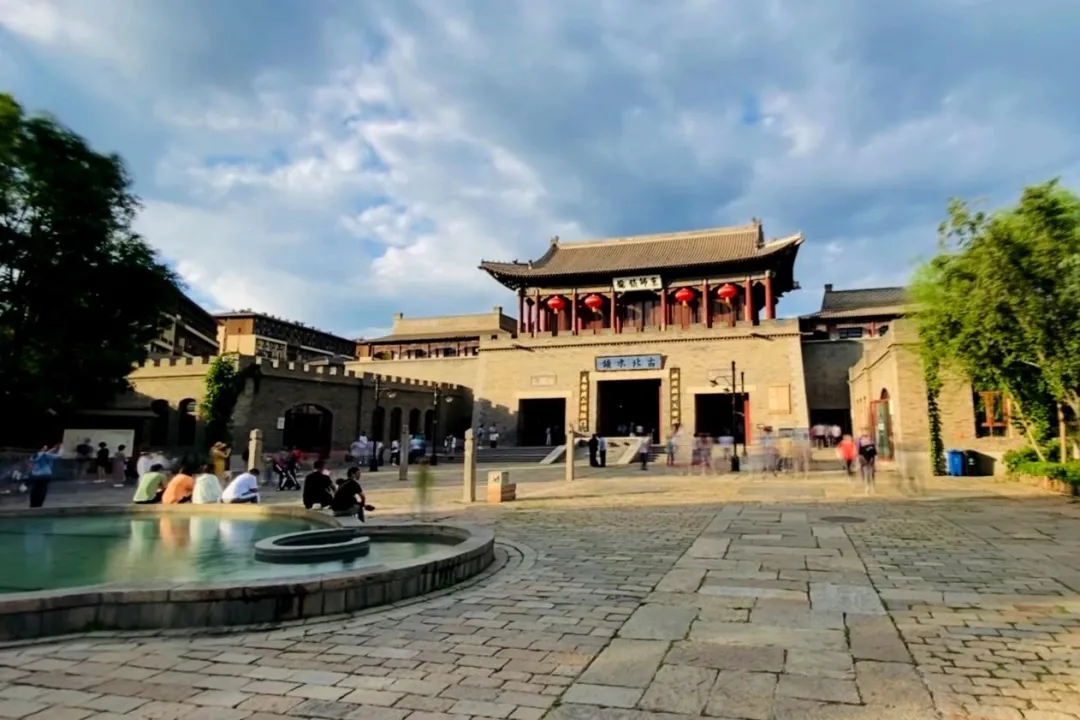
The essential tool for electric vehicle owners
If you are an electric vehicle owner, do you always check the route, search for charging stations along the way, check the distance between each charging station, and regularly observe the remaining mileage when you go out?
Baidu Map’s new energy navigation provides us with multiple functions: nearby charging, along the way charging, and destination charging. It can intelligently plan charging routes before departure and even show recommended charging stations in real-time during driving, as well as voice prompt charging. So, what are the experiences like?
Before departure, we first need to complete the vehicle information, including the license plate number and model, in Baidu Map’s new energy navigation. It will automatically identify the vehicle’s full electric range, driving energy consumption, and vehicle restriction information. We also need to edit the remaining mileage and charging preferences before departure.
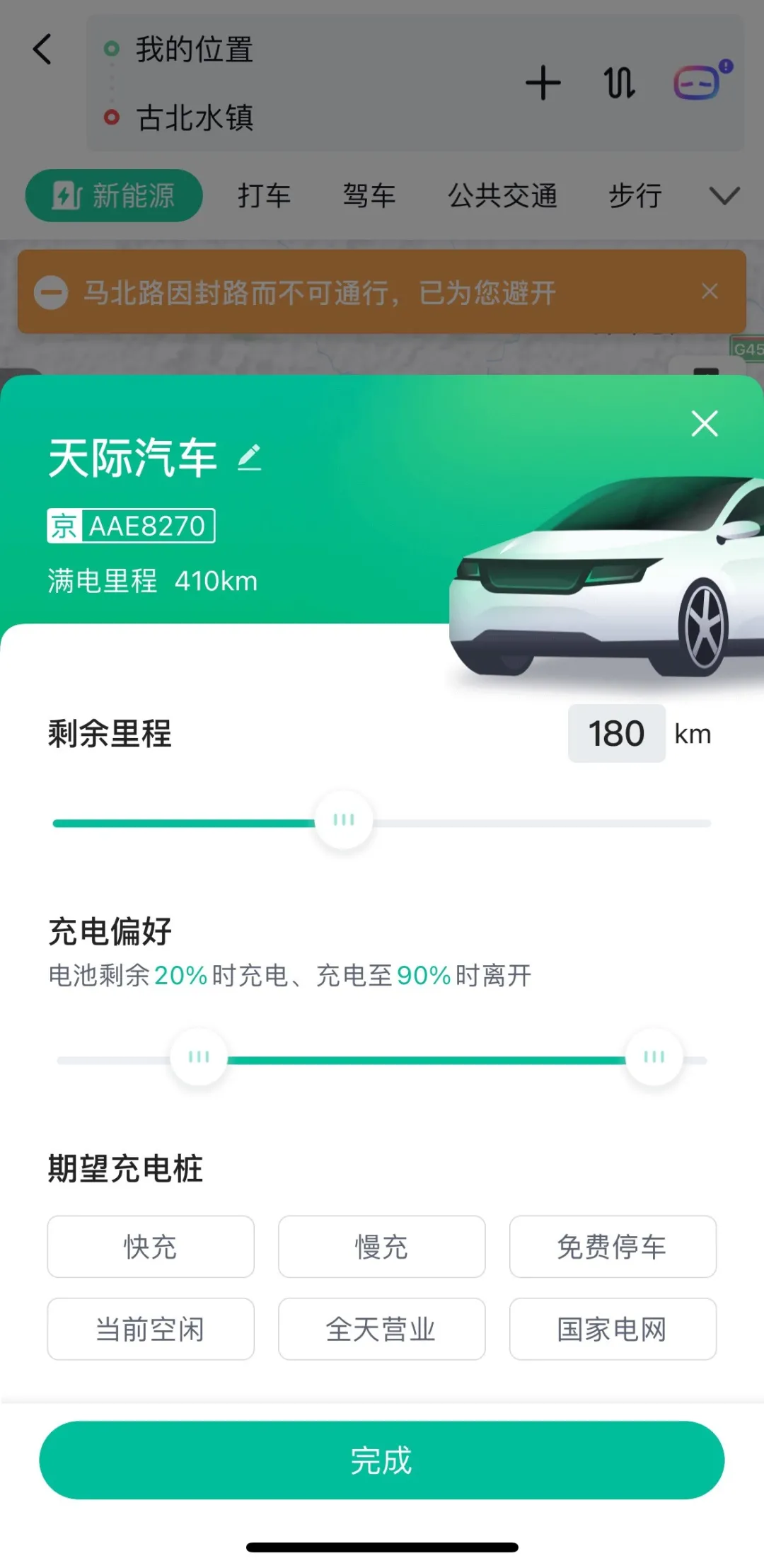
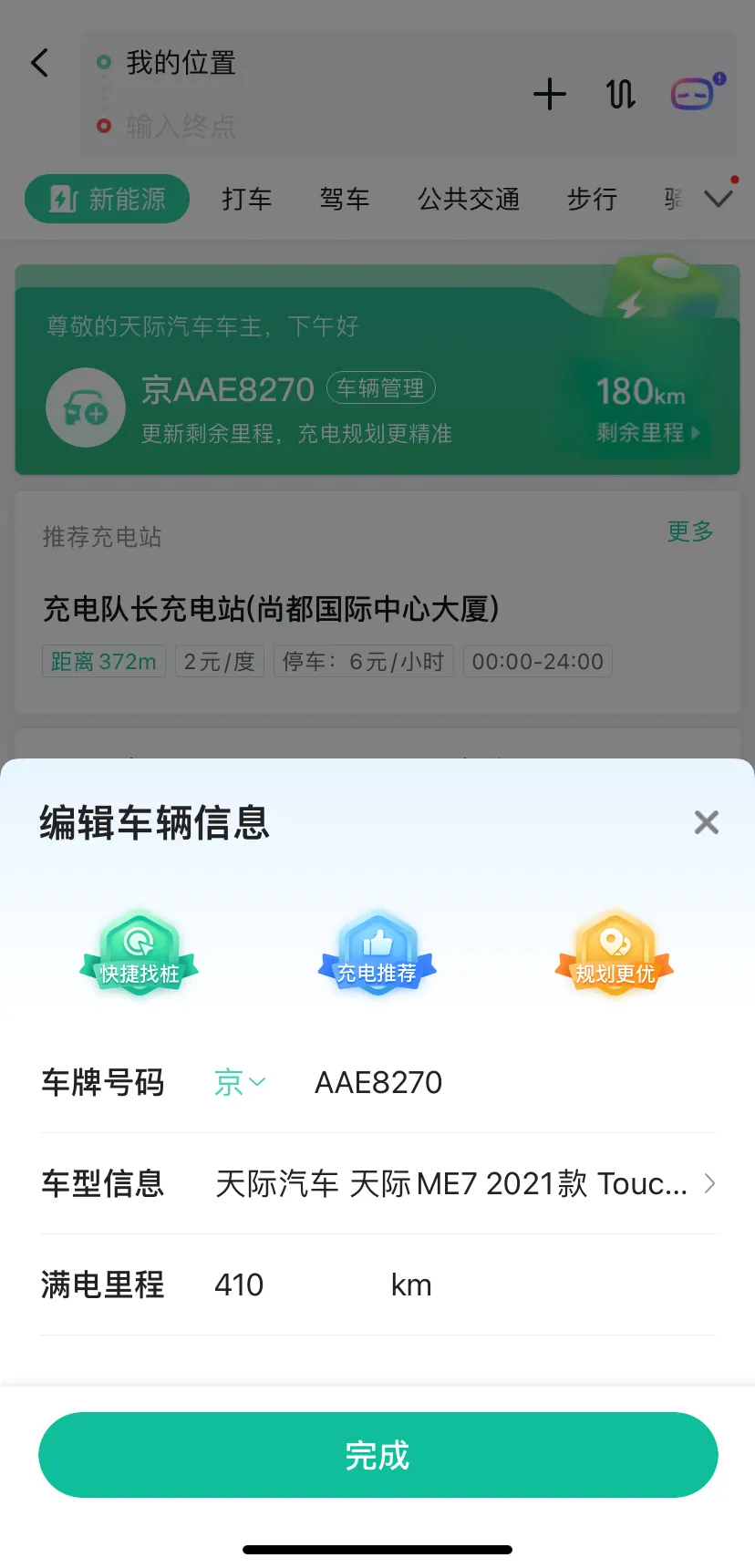
Then we can start route planning. We plan to depart from the Guomao area and head to Gutian Water Town.
After inputting the destination, Baidu Maps’ new energy navigation will mark the recommended charging stations on our route. Our vehicle has a remaining mileage of 180 km before departure, and although the entire journey is only 137 km, electric vehicles consume more power when driving on high-speed roads. The navigation recommends that we charge at the charging station in Miyun service area.Clicking on the “Fast Charging” icon in the route, we can view details of the charging stations, including the distance, fees, charging power, estimated charging time, and more.
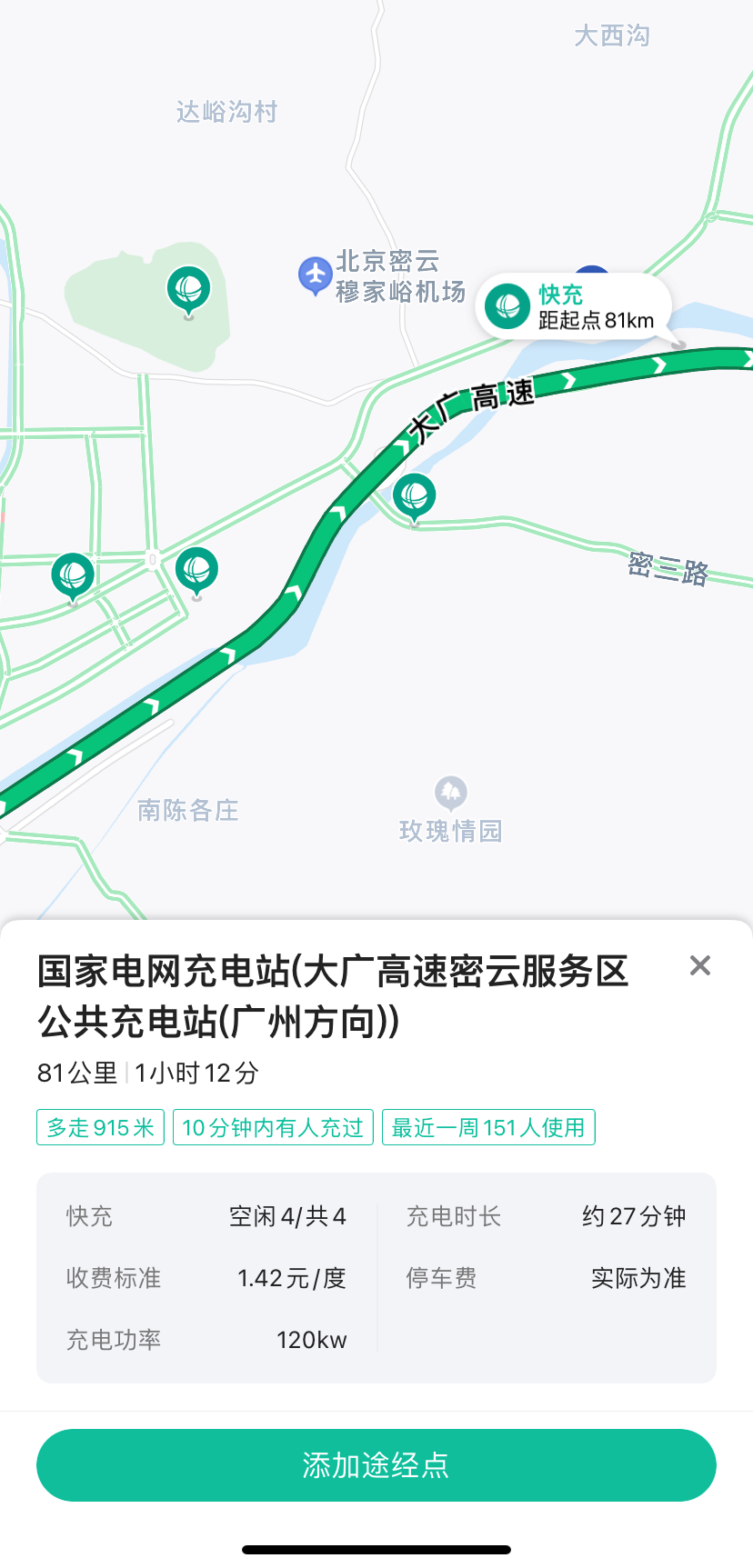
We can then add the recommended charging station as a stopover for this trip.
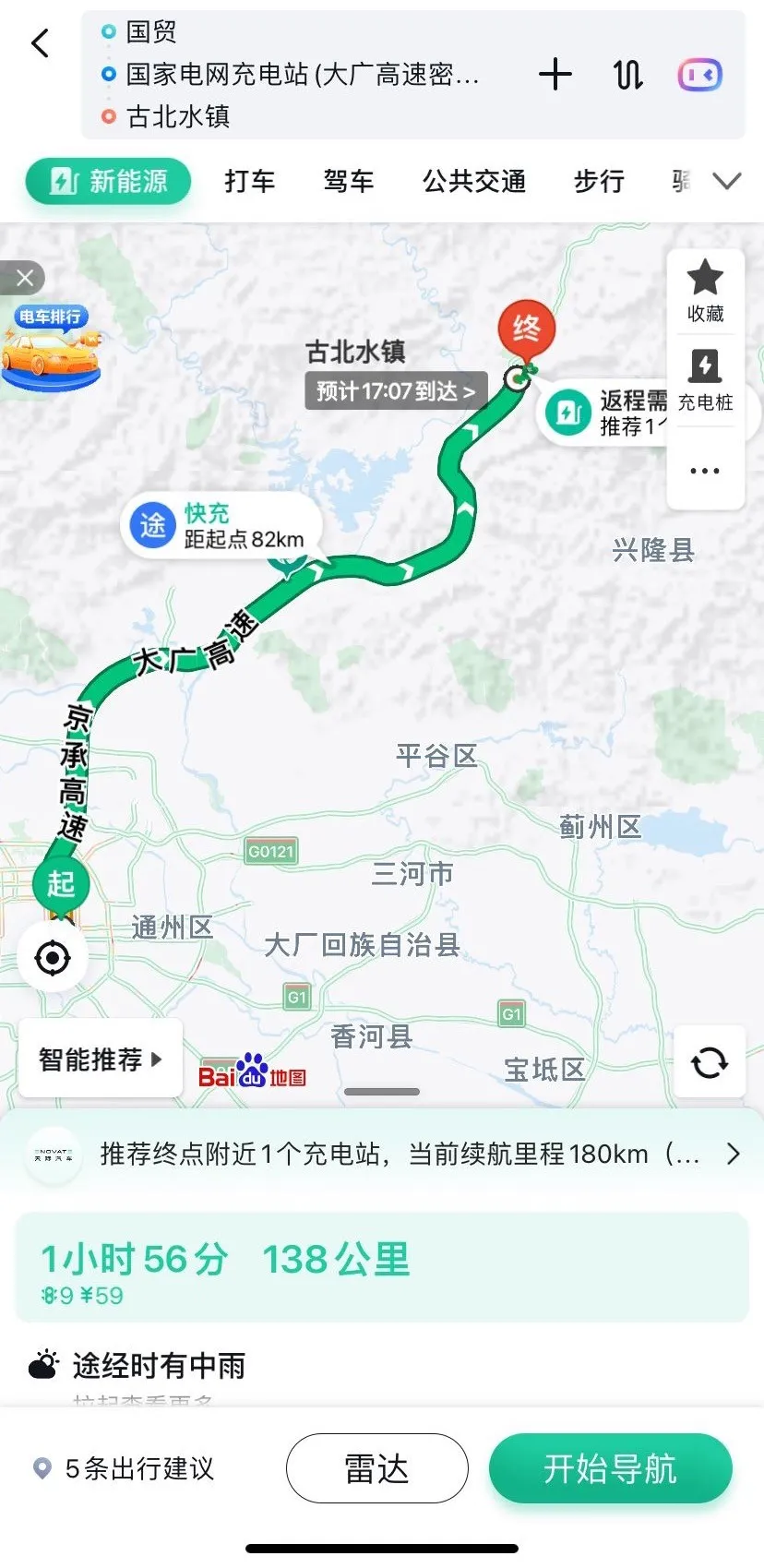
With the preparation work done, we can now start our journey. Although the 138 km distance is not far, traffic was congested due to it being a Saturday and the weather in Beijing was particularly good.
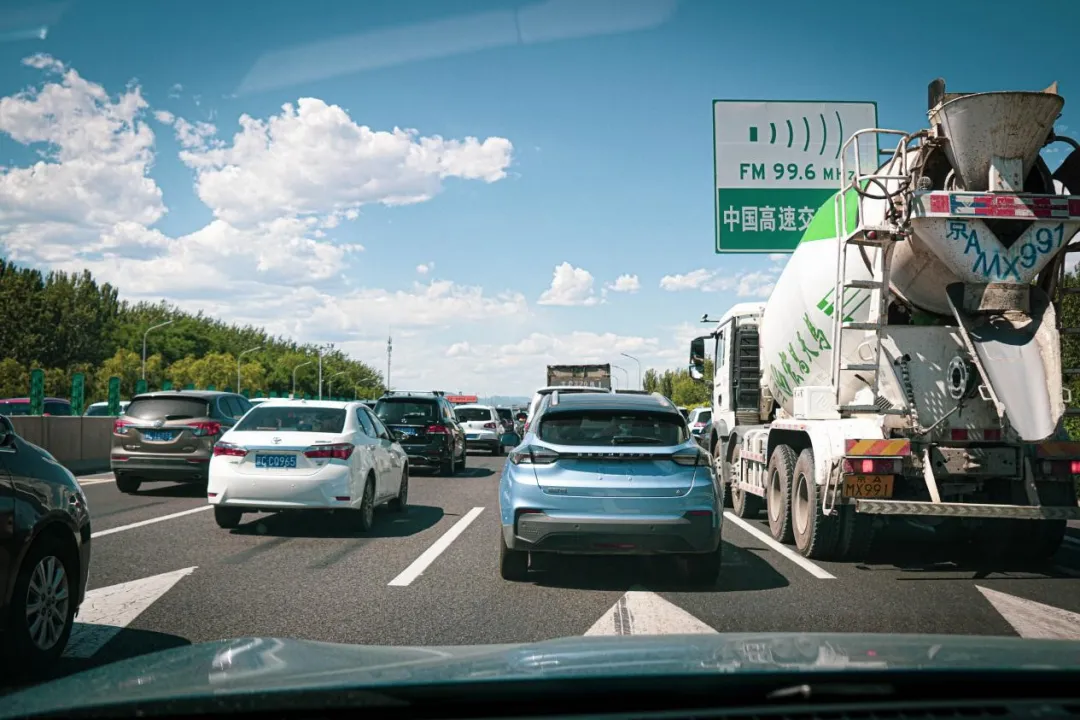
During the trip, the navigation displayed real-time information on the remaining distance to the recommended charging station and the availability of charging points. Clicking on the icon also showed the remaining mileage to the destination and the number of remaining service areas, toll booths, and charging stations.
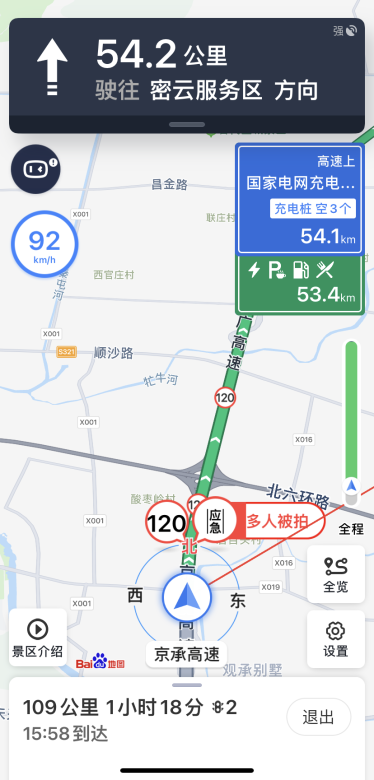
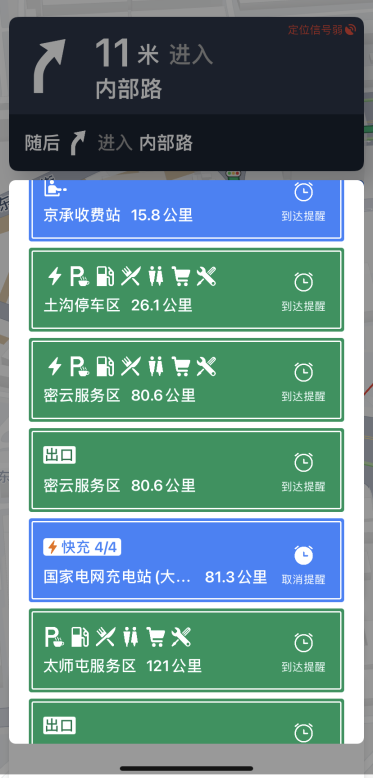
Arriving at the charging station in the service area was very smooth, and the information on the charging points was accurate. We met a test team of electric cars from FAW-Volkswagen and FAW-Audi, including ID.4, ID.6, and locally produced e-tron. However, there were only two charging points remaining, so they had to wait for us to finish charging.
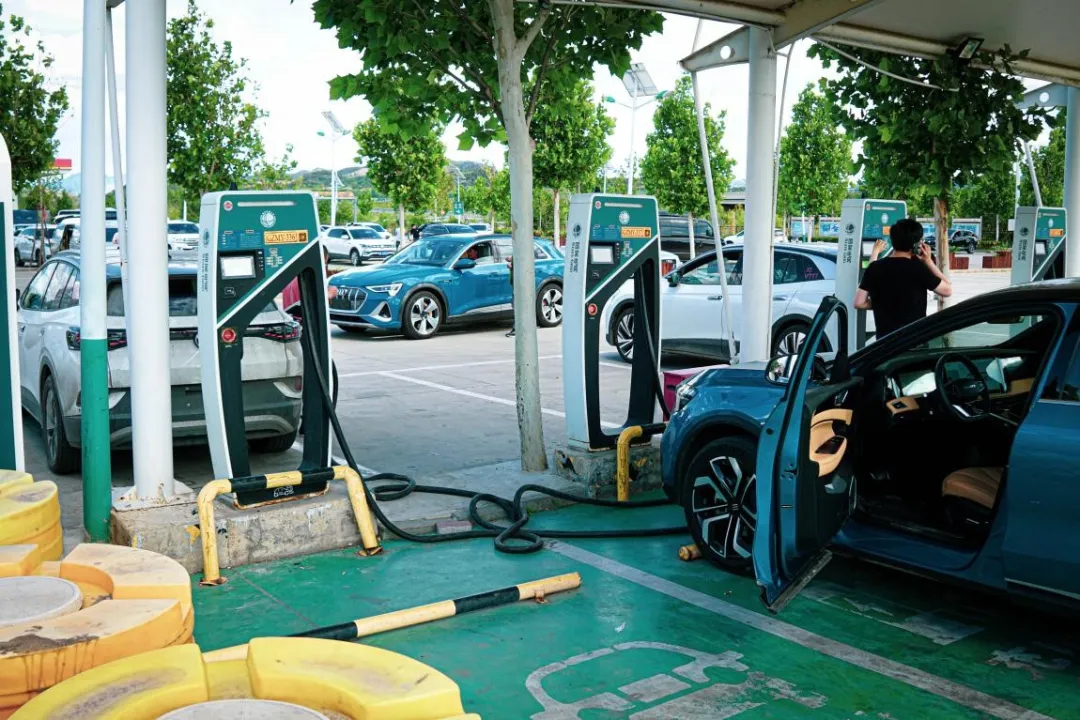
After charging, we set off again. When planning the route to Gubei Water Town, Baidu Maps displayed nearby charging stations and we could also obtain real-time information on them.
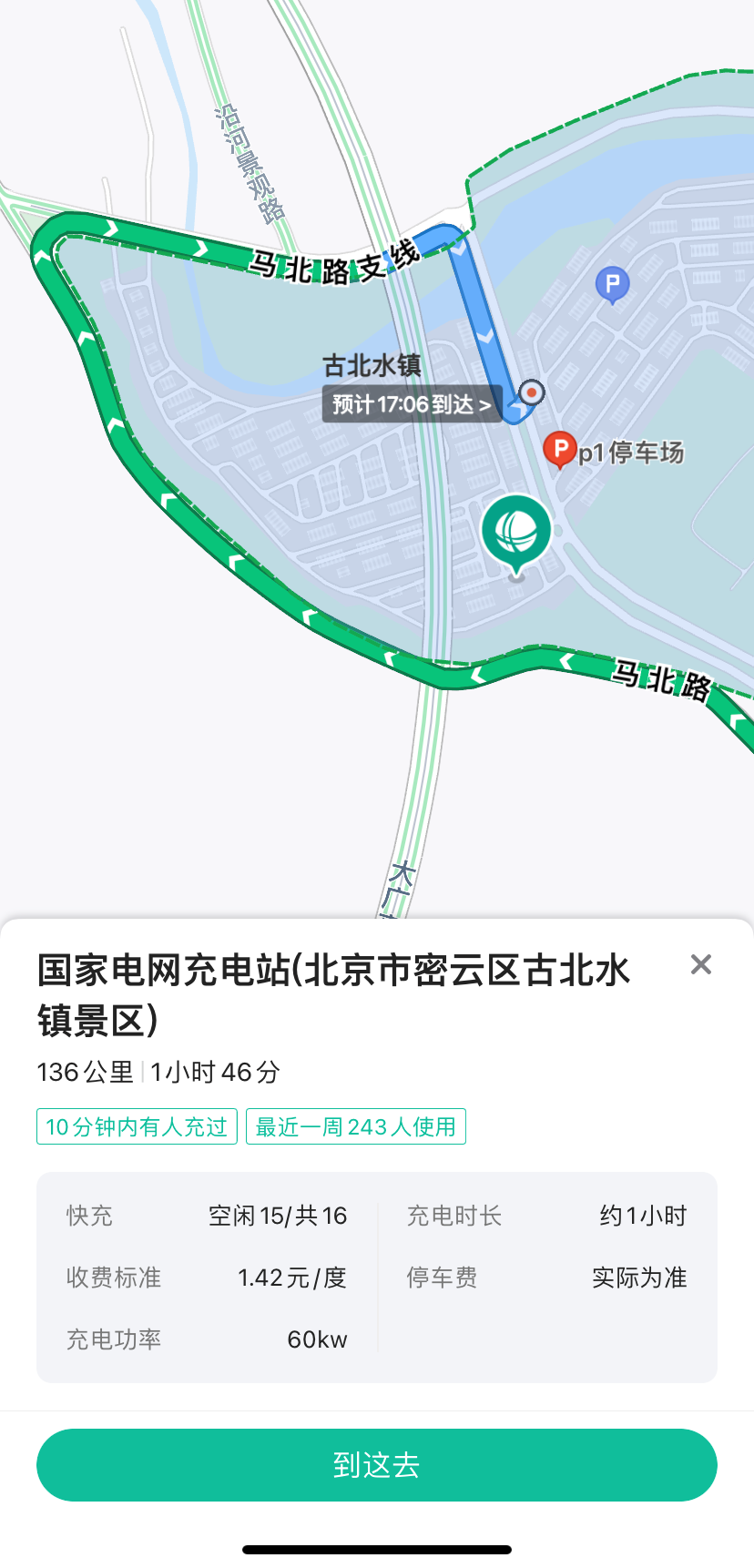 When we arrived at the charging station at our destination, we found that many vacant charging stations were being used as parking spots. Despite the fact that the vast majority of these parked cars were electric, I don’t believe that electric vehicles have the right to occupy vacant charging stations without consideration for the needs of other vehicles requiring a charge.
When we arrived at the charging station at our destination, we found that many vacant charging stations were being used as parking spots. Despite the fact that the vast majority of these parked cars were electric, I don’t believe that electric vehicles have the right to occupy vacant charging stations without consideration for the needs of other vehicles requiring a charge.
As I previously mentioned, before heading out, most electric vehicle owners would search for charging stations along the route, calculate the distance between each station, and continuously monitor the remaining range and distance to the next available charging station while driving on the highway.
During our trip of over 130 kilometers, which included a long stretch of high-speed highway, we wondered which charging station to choose. Previously, we would have made such decisions based on the situation at the time. However, after using Baidu Maps’ new energy navigation function, we could plan the most rational charging route based on the vehicle’s information before leaving home.
Of course, if you have severe range anxiety, you can simply view nearby charging stations in the new energy navigation function within Baidu Maps, fully charge your vehicle, and then hit the road.
If we were to ask people three or four years ago what range anxiety means, most people would likely respond with two of the most significant worries: battery range and charging. However, nowadays, as electric vehicle technology evolves, mainstream range has already reached 400-600 kilometers, and high-energy consumption highways can basically support 250-450 kilometers. Therefore, in my view, the more significant range anxiety today is “charging.”
Based on personal experience, Baidu Maps’ new energy navigation function remarkably alleviates this pain point. From nearby charging stations before departure, charging stations along the way, recommended charging stations at the destination, to real-time updates on charging station information, its biggest advantage is the ability to manage all of these factors and dynamically suggest charging information.
Baidu Maps’ new energy navigation function is like a clever “navigator,” providing us with accurate and intelligent charging routes. During your trip, you can just relax and enjoy your holiday while it guides you to your charging destination.
This article is a translation by ChatGPT of a Chinese report from 42HOW. If you have any questions about it, please email bd@42how.com.
